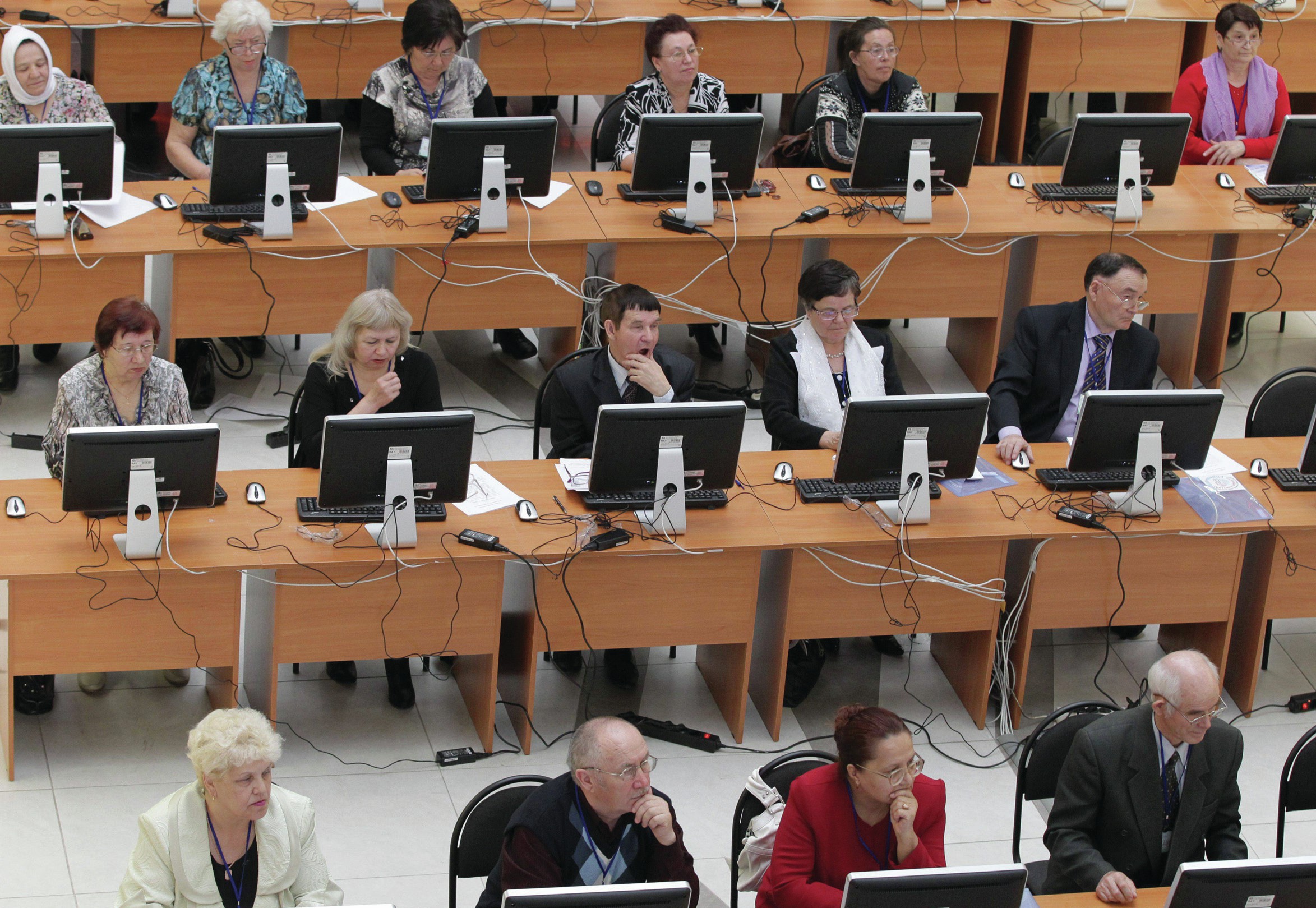
The global digital divide (GDD, Inset 1) refers to the different levels of access to information that people have, depending on their technological and social development. Some people have better access to the internet, better bandwidth and better hardware than others. They may also have better knowledge about how to use the internet and the equipment available to them. Differences in internet access can be looked at in terms of gender, income, location or other factors.
The massive growth in new technology in recent years has not touched every place. Some areas have been left ‘switched off ’, producing ‘electronic ghettos’. While these ghettos exist we will never become a totally connected world. A recent report, The World in 2011: ICT Facts and Figures, published by the International Telecommunication Union based in Geneva, presents data on the world’s population and the internet. This article uses some of the statistics from the report to show how global access to the internet is not equal, and what this means.
Your organisation does not have access to this article.
Sign up today to give your students the edge they need to achieve their best grades with subject expertise
Subscribe




